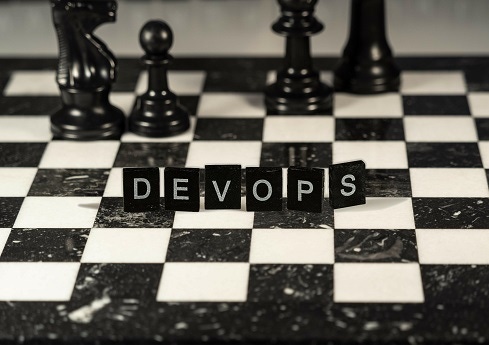
Partner Perspectives: Brought to you by Palo Alto Networks
Expert insights on cybersecurity and business innovation from Palo Alto Networks, a global cybersecurity leader shaping the cloud-centric future.
About Palo Alto Networks:
Palo Alto Networks, the global cybersecurity leader, is shaping the cloud-centric future with technology that is transforming the way people and organizations operate. Our mission is to be the cybersecurity partner of choice, protecting our digital way of life. We help address the world’s greatest security challenges with continuous innovation that seizes the latest breakthroughs in artificial intelligence, analytics, automation, and orchestration. By delivering an integrated platform and empowering a growing ecosystem of partners, we are at the forefront of protecting tens of thousands of organizations across clouds, networks, and mobile devices. Our vision is a world where each day is safer and more secure than the one before. For more information, visit www.paloaltonetworks.com
Not all DevOps shops embrace Agile, and even some that do, fail to closely integrate the two concepts.

Technological advancements, globalization and the current era of digitalization have made today’s fast-paced business environment “normal” and “ordinary.” As more companies feel compelled to become digital businesses, DevOps is emerging as a standard requirement in tech teams because it offers businesses an efficient way of integrating their software life cycle.
According to a several recent reports, the global DevOps market is estimated at about $10 billion in 2023. Due to both its dependability and integrative power, DevOps is expected to continue playing a key role in enabling businesses to deliver customer satisfaction.
In this context, it is vital for DevOps to also always utilize Agile. This ensures software development teams can move iteratively and at high speed in response to today’s market and its customers' needs. In fact, when DevOps has Agile as a core element, it amplifies business performance.
Integration of Agile and DevOps is the Way Forward
Although technically different, Agile and DevOps are closely connected, and for most of the last decade they have functioned as one. While Agile is a development methodology driven to approach software creation as an iterative process, DevOps is a "culture" aimed at boosting collaboration among all those involved in developing software. They work in tandem toward reaching the same goal: enabling businesses to move in step with rapidly evolving and highly personalized customer requirements.
Although there may still be companies that have deployed DevOps without integrating Agile enterprise-wide, pairing the two together enables continuous, and iterative growth.
Having said that here are a few best practices to keep in mind to help every DevOps team become truly Agile:
Measure metrics end-to-end. To become more agile, DevOps teams should prioritize reporting on metrics that help assess the flow and efficiency of software delivery from end-to-end. Several organizations measure flow metrics only in sections, say from commit to release. To get a bird’s eye view and boost efficiency, businesses must move to reporting on metrics from start to finish of the software delivery process.
Maintain a "toil budget." DevOps teams frequently need to repeat manual chores through each release cycle. This includes raising tickets to release software to the production environment or setting up test data for new testing cycles. These tasks often are the result of out-of-date internal procedures. A toil budget can help keep track of these pain points for the software delivery teams and remove them as they evolve.
Increase visibility of obstacles. Agile teams often track barriers to software delivery through their scrum methods. Rarely do Agile
Focus on on-demand test environments. It is common for medium-to-large organizations to have pre-configured test environments Over time, these environments become bottlenecks in an organization's ability to quickly scale software delivery workstreams. Switching to establishing test environments ‘on-demand’ can enable software teams and organizations to scale at very short notice and take advantage of what usually are narrow windows of opportunity.
Focus on testing "data on-demand". Often, organizations create test environments using a masked copy of production data. This poses a risk of mistakenly exposing production data to pre-production settings, rendering system testing less effective. DevOps teams can employ modern technology solutions for ephemeral environments, data virtualization, and synthetic test data generation to increase the efficiency of system testing stages of software life cycle.
Improve adoption of incremental deployment strategies.
Explore AI-based discovery of process inefficiencies. DevOps teams increasingly rely on artificial intelligence and augmented tools to ensure continuous workflow. Communication, management of routine assignments and processes, and security concerns all can be addressed with the right tools. By leveraging AI and machine learning techniques, DevOps teams can further increase the speed and scope of their work.
As the lines between development and operations teams continue to blur in a business environment that demands continuous delivery, becoming seamlessly Agile will require cultural change and the right tools.
This is where the pairing of DevOps and Agile teams becomes crucial. In a world increasingly characterized by the need for customized products and deliveries, DevOps has continued to grow in importance across the software industry. Its continued development as an increasingly Agile function will ultimately enhance the efficiency and caliber of software processes and products and deliver stellar customer experience.
About the Author(s)
You May Also Like


